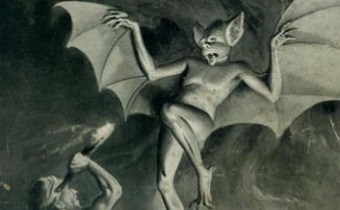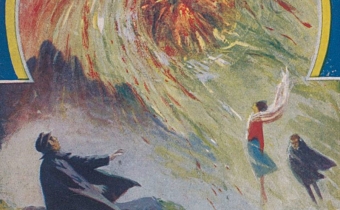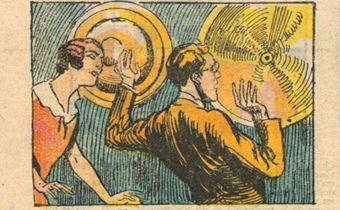The text in which Maurice Renard attempted to define the “merveilleux-scientifique” in 1909, is a milestone in the history of literature. In it, he affirms the existence of a network of stories that sought, unlike those of Jules Verne for example, to “throw science into the unknown”. However, this genre in the making existed before his manifesto, in novels that evoked space travel, utopian or abominable futures, lost civilizations, mad scientists or crazy inventions.
Unlike American short stories, « merveilleux-scientifique » stories were not published in identifiable publications such as the pulp-magazines that were dedicated to American science fiction in the 1930s. Nevertheless, magazines and publishers played an important role in the dissemination of “merveilleux-scientifique” fiction
From 23rd April to 25th August 2019, the French national library (BnF) showcased a little-known school of literature called “merveilleux-scientifique”, in an exhibition that covers the period from the genesis of the genre to its height, between 1900 and 1930. Rediscovering these texts, book covers, illustrations, and pictorial stories, revealed that they contained the seeds of some of the key themes of science-fiction such as we know SF today: extra-terrestrial alien invasions, augmented humans, cataclysms, mad scientists, xenotransplantation and artificial beings.
A la fin du XIXe et au début du XXe siècle, l’engouement pour les autres mondes va de pair avec le développement de l’aéronautique. Les voyages sur d’autres planètes deviennent envisageables. Le public se passionne aussi pour le merveilleux-scientifique, science-fiction à la française, nouveau genre littéraire qui transporte le lecteur dans des univers imaginaires, inconnus, étranges, inquiétants, à la découverte de la pluralité des mondes et des modes de communication extra-terrestres physiques ou spirituels.






